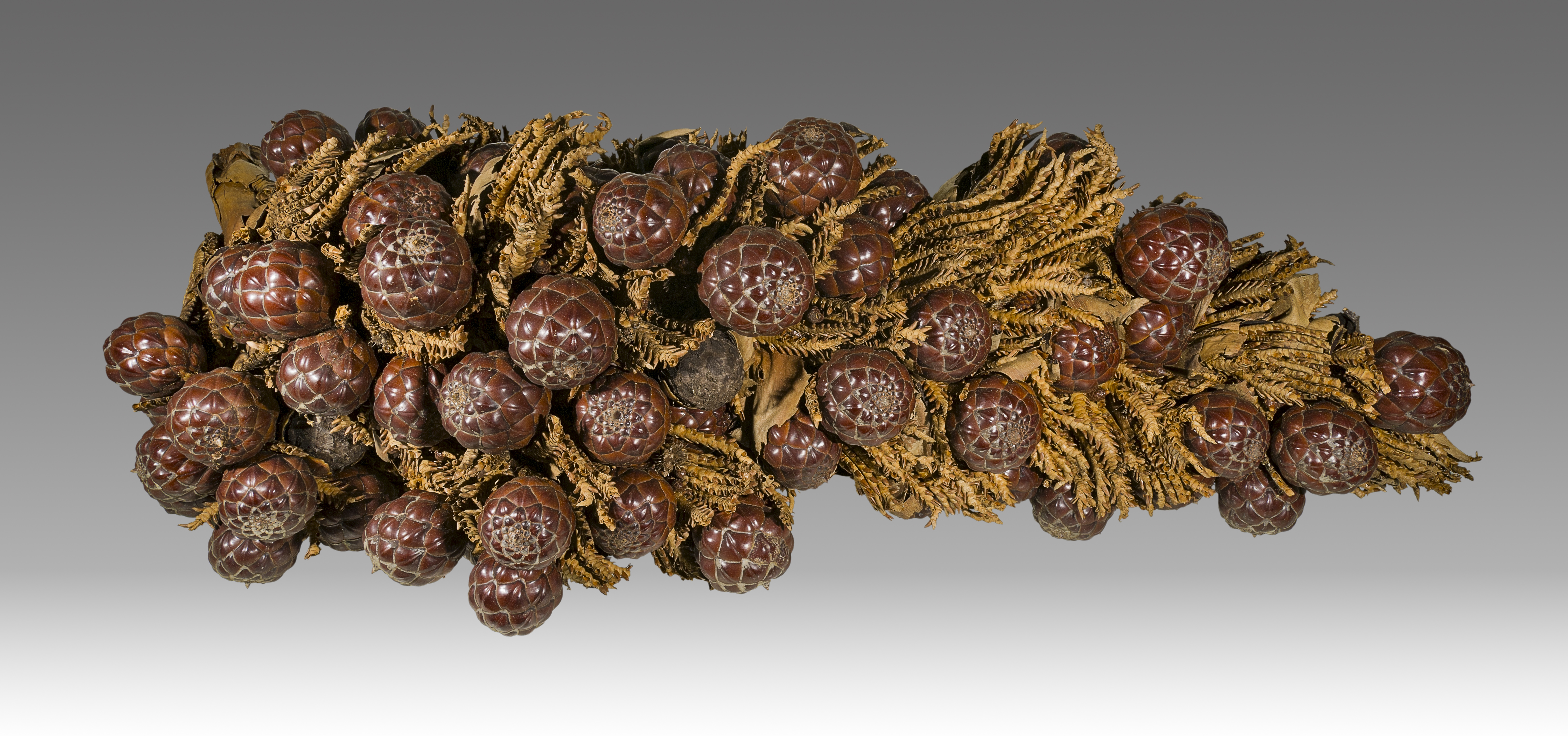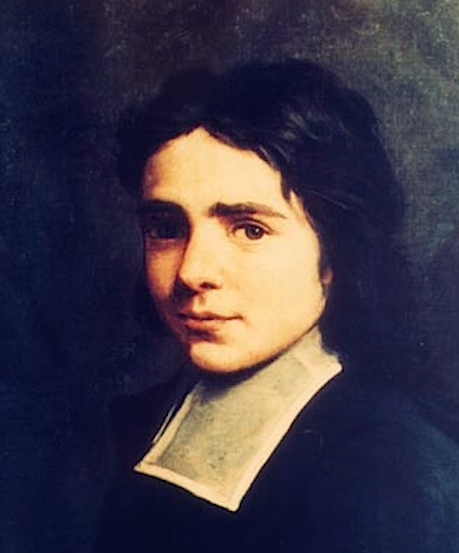|
Eshira
The Sira or Shira people, the ''Eshira'', are a Punu ethnic group of Gabon primarily living in the forests and grasslands south of the Ogooué River and west of its tributary the N'Gounié. Origin and Ethnogenesis According to the oral tradition of the Sira or Punu 9 clans they migrated from the North via Egypt to Nubia where they settled in Merowé near the junctures of the Sira and Nile river between -500 BC and 100 AD. There by the Sira river was the place where they got that name from. From the 6th to the 18th century they migrated from Nubia via Uganda and DRC into their actual area, after wars with other groups. During the 19th century they traded Copper, and were highly regarded for their tobacco and raphia cloth. Their numbers were greatly reduced by smallpox epidemics in 1865 and 1898. Paul du Chaillu travelled through Eshira areas in 1858 and 1864, and recorded that each clan controlled its own affairs. Mulenda of the Kamba clan was the most important of the ch ... [...More Info...] [...Related Items...] OR: [Wikipedia] [Google] [Baidu] |
Punu People
The Punu or Bapunu (Pungwe, Pungu, Uréwé) (''Sira, Ban Sira''), are a Bantu meta-ethnicity of Gabon and the Republic of Congo. History According to Magang-Ma-Mbuju and Mbumb Bwass the Punu people come from the people called «Jagas» and come from Kasaï and Zambezi. According to them, it was the Punu people who had invaded the kingdom of Kongo in 1568 and they were known as Jagas.Claude Hélène Perrot, ''Lignages et territoires en Afrique aux XVIIIe et XIXe siècles : stratégies, compétition, intégration'', KARTHALA Editions, 2000, . (in French) Claude Hélène Perrot said that before the publication of the work of these two authors (Magang-Ma-Mbuju and Mbumb Bwass), many studies devoted to the Jagas problem had shown that this warrior group was of diverse origins, B.M. Batsikama and M. Ipari had concluded that the invaders of Mbanza Kongo in 1568 were populations of Kongo origin. The Punu people migrated into The Republic of the Congo in the 16th century and migrated int ... [...More Info...] [...Related Items...] OR: [Wikipedia] [Google] [Baidu] |
Ethnic Group
An ethnic group or an ethnicity is a grouping of people who identify with each other on the basis of shared attributes that distinguish them from other groups. Those attributes can include common sets of traditions, ancestry, language, history, society, culture, nation, religion, or social treatment within their residing area. The term ethnicity is often times used interchangeably with the term nation, particularly in cases of ethnic nationalism, and is separate from the related concept of races. Ethnicity may be construed as an inherited or as a societally imposed construct. Ethnic membership tends to be defined by a shared cultural heritage, ancestry, origin myth, history, homeland, language, or dialect, symbolic systems such as religion, mythology and ritual, cuisine, dressing style, art, or physical appearance. Ethnic groups may share a narrow or broad spectrum of genetic ancestry, depending on group identification, with many groups having mixed genetic ancestry. Ethnic ... [...More Info...] [...Related Items...] OR: [Wikipedia] [Google] [Baidu] |
Gabon
Gabon (; ; snq, Ngabu), officially the Gabonese Republic (french: République gabonaise), is a country on the west coast of Central Africa. Located on the equator, it is bordered by Equatorial Guinea to the northwest, Cameroon to the north, the Republic of the Congo on the east and south, and the Gulf of Guinea to the west. It has an area of nearly and its population is estimated at million people. There are coastal plains, mountains (the Cristal Mountains and the Chaillu Massif in the centre), and a savanna in the east. Since its independence from France in 1960, the sovereign state of Gabon has had three presidents. In the 1990s, it introduced a multi-party system and a democratic constitution that aimed for a more transparent electoral process and reformed some governmental institutions. With petroleum and foreign private investment, it has the fourth highest HDI in the region (after Mauritius, Seychelles and South Africa) and the fifth highest GDP per capita (PPP) i ... [...More Info...] [...Related Items...] OR: [Wikipedia] [Google] [Baidu] |
Ogooué River
The Ogooué (or Ogowe), also known as the Nazareth river, some long, is the principal river of Gabon in west central Africa and the fifth largest river in Africa by volume of discharge, trailing only the Congo, Kasai, Niger and Zambezi. Its watershed drains nearly the entire country of Gabon, with some tributaries reaching into the Republic of the Congo, Cameroon, and Equatorial Guinea. Course The source of the Ogooué River was discovered in 1894 by Mary Kingsley, an English explorer who travelled up the banks by steamboat and canoe. The river rises in the northwest of the Bateke Plateaux near Kengue, Republic of Congo. It runs northwest, and enters Gabon near Boumango. Poubara Falls are near Maulongo. From Lastoursville up to Ndjole, the Ogooué is non-navigable due to rapids. From the latter city, it runs west, and enters the Gulf of Guinea near Ozouri, south of Port Gentil. The Ogowe Delta is quite large, about 100 km long and 100 km wide. Basin The Og ... [...More Info...] [...Related Items...] OR: [Wikipedia] [Google] [Baidu] |
Tobacco
Tobacco is the common name of several plants in the genus '' Nicotiana'' of the family Solanaceae, and the general term for any product prepared from the cured leaves of these plants. More than 70 species of tobacco are known, but the chief commercial crop is ''N. tabacum''. The more potent variant ''N. rustica'' is also used in some countries. Dried tobacco leaves are mainly used for smoking in cigarettes and cigars, as well as pipes and shishas. They can also be consumed as snuff, chewing tobacco, dipping tobacco, and snus. Tobacco contains the highly addictive stimulant alkaloid nicotine as well as harmala alkaloids. Tobacco use is a cause or risk factor for many deadly diseases, especially those affecting the heart, liver, and lungs, as well as many cancers. In 2008, the World Health Organization named tobacco use as the world's single greatest preventable cause of death. Etymology The English word ''tobacco'' originates from the Spanish word "tabaco ... [...More Info...] [...Related Items...] OR: [Wikipedia] [Google] [Baidu] |
Raphia (palm)
Raffia palms (''Raphia'') are a genus of about twenty species of palms native to tropical regions of Africa, and especially Madagascar, with one species (''R. taedigera'') also occurring in Central and South America. ''R. taedigera'' is the source of raffia fibers, which are the veins of the leaves, and this species produces a fruit called "brazilia pods", "uxi nuts" or "uxi pods". They grow up to tall and are remarkable for their compound pinnate leaves, the longest in the plant kingdom; leaves of ''R. regalis'' up to long and wide are known. The plants are monocarpic, meaning that they flower once and then die after the seeds are mature. Some species have individual stems which die after fruiting, but have a root system which remains alive and sends up new stems which fruit. Cultivation and uses Fiber Raffia fiber is produced from the membrane on the underside of the leaf fronds. The membrane is taken off to create a long thin fiber, which can be rolled together for added ... [...More Info...] [...Related Items...] OR: [Wikipedia] [Google] [Baidu] |
Smallpox
Smallpox was an infectious disease caused by variola virus (often called smallpox virus) which belongs to the genus Orthopoxvirus. The last naturally occurring case was diagnosed in October 1977, and the World Health Organization (WHO) certified the global eradication of the disease in 1980, making it the only human disease to be eradicated. The initial symptoms of the disease included fever and vomiting. This was followed by formation of ulcers in the mouth and a skin rash. Over a number of days, the skin rash turned into the characteristic fluid-filled blisters with a dent in the center. The bumps then scabbed over and fell off, leaving scars. The disease was spread between people or via contaminated objects. Prevention was achieved mainly through the smallpox vaccine. Once the disease had developed, certain antiviral medication may have helped. The risk of death was about 30%, with higher rates among babies. Often, those who survived had extensive scarring of their ... [...More Info...] [...Related Items...] OR: [Wikipedia] [Google] [Baidu] |
Paul Du Chaillu
Paul Belloni Du Chaillu (July 31, 1831 (disputed)April 29, 1903) was a French-American traveler, zoologist, and anthropologist. He became famous in the 1860s as the first modern European outsider to confirm the existence of gorillas, and later the Pygmy people of central Africa. He later researched the prehistory of Scandinavia. Early life and parentage There are conflicting reports of both the year and place of Du Chaillu's birth. The year is variously given as 1831 (the consensus of modern scholars), 1835, or 1839; the date when given is July 31. Accounts usually cite either Paris or New Orleans as his likely place of birth. A contemporary obituary quotes a statement made by Du Chaillu referring to "the United States, my country by adoption, and ... France, my native land." His entry in the 1901-1902 edition of ''Marquis Who's Who'' — which was based on information he supplied directly to the editors — says 1838 in New Orleans. [...More Info...] [...Related Items...] OR: [Wikipedia] [Google] [Baidu] |
Kamba Clan
Kamba may refer to: *Kamba people of Kenya *Bena-Kamba, a community in the Democratic Republic of the Congo *Khampa, also spelled Kamba, Tibetan people of Kham Kham (; ) is one of the three traditional Tibetan regions, the others being Amdo in the northeast, and Ü-Tsang in central Tibet. The original residents of Kham are called Khampas (), and were governed locally by chieftains and monasteries. Kham ... See also * Kamba language (other) {{disambiguation ... [...More Info...] [...Related Items...] OR: [Wikipedia] [Google] [Baidu] |
Holy Ghost Fathers
, image = Holy Ghost Fathers seal.png , size = 175px , caption = The seal of the Congregation depicting the Immaculate Heart of Mary, and the Holy Spirit proceeding from the Trinity. , abbreviation = CSSp , nickname = Spiritan , formation = , founding_location = Paris, France , founder = Claude-François Poullart des Places, CSSp , type = Clerical Religious Congregation of Pontifical Right for Men , headquarters = Rome, Italy , region_served = Europe, North America, Australia, the Indian Ocean and Africa. , membership = 2,794 members (2,109 priests) as of 2018 , leader_title = Motto , leader_name = la, Cor unum et anima unaEnglish:''One heart and one spirit'' , leader_title2 = Superior General , leader_name2 = Alain Mayama, CSSp , main_organ = , affiliation = Roman Catholic Church , website ... [...More Info...] [...Related Items...] OR: [Wikipedia] [Google] [Baidu] |



